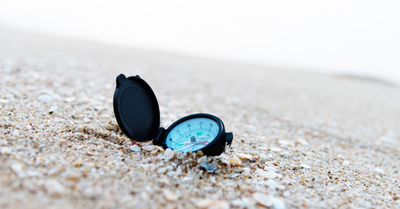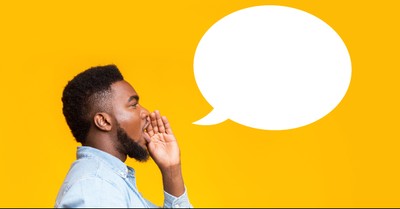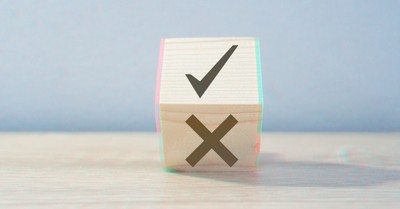41% of Teenagers Can't Tell the Difference Between True and Fake Online Health Messages
-
Jim Liebelt Jim Liebelt's Blog
- Published Sep 07, 2022
The following is excerpted from an online article posted by MedicalXpress.
A new study has found that teenagers have a hard time discerning between fake and true health messages. Only 48% of the participants trusted accurate health messages (without editorial elements) more than fake ones. Meanwhile, 41% considered fake and true neutral messages equally trustworthy, and 11% considered true neutral health messages less trustworthy than fake health messages. The results highlight a need for better training of teenagers to navigate a world where fake health news is so widespread.
The researchers found that 41% of teenagers couldn't tell the difference between true and fake online medical content. What's more, poor editing of health messages was not perceived as a sign of low trustworthiness. These latest findings were published in Frontiers in Psychology.
Researchers presented 300 secondary school students (aged between 16 and 19 years old) with seven short messages about the health-promoting effects of different fruits and vegetables. The messages had different levels: fake message, true neutral message, and true message with editorial elements (superlatives, clickbait, grammar mistakes, authority appeal, and bold typeface). Participants were then asked to rate the message's trustworthiness.
The participants were able to discern between overtly fake health messages and health messages whether true or slightly changed with editing elements; 48% of participants trusted the true neutral health messages more than the fake ones. However, 41% of participants considered fake and true neutral messages equally trustworthy, and 11% considered true neutral health messages less trustworthy than fake health messages.
"Putting trust in messages requires identification of fake versus true content," said principal investigator Dr. Radomír Masaryk of Comenius University. "The only version of a health message that was significantly less trusted compared to a true health message was a message with a clickbait headline," continued Masaryk.
The results highlight a need for better instruction of teenagers to spot editing cues that give away the quality of a piece of information. The authors suggest focusing on health literacy and media literacy training and skills such as analytical thinking and scientific reasoning.
Source: MedicalXpress
https://medicalxpress.com/news/2022-08-teenagers-difference-true-fake-online.html



















